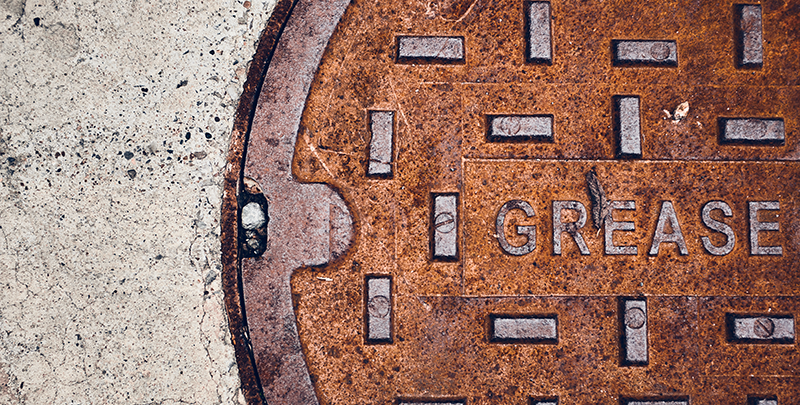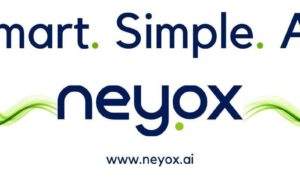In commercial kitchens and food service establishments, maintaining a functional grease trap is essential to ensure smooth operations and compliance with health and safety regulations. A neglected grease trap can lead to unpleasant odors, costly plumbing issues, and even environmental hazards. By implementing proper grease trap cleaning practices, businesses can extend the lifespan of their equipment and maintain an efficient wastewater management system.
What is a Grease Trap?
A grease trap, also known as a grease interceptor, is a plumbing device designed to capture fats, oils, and grease (FOG) from wastewater before it enters the sewer system. These substances, if not intercepted, can solidify and create blockages in pipes, leading to plumbing emergencies and environmental contamination.
Grease traps are commonly used in:
- Restaurants and commercial kitchens
- Cafeterias and catering facilities
- Food processing plants
By preventing FOG from reaching municipal sewer systems, grease traps play a vital role in maintaining public infrastructure and ensuring compliance with environmental regulations.
How Grease Traps Work
Grease traps operate based on the principle of density differences. Fats, oils, and grease are lighter than water, allowing them to float to the surface. Solid food particles settle at the bottom, while the cleaner water exits through the outlet pipe. Over time, however, the accumulated grease and solids can reduce the trap’s capacity and efficiency, necessitating regular cleaning.
Signs That Your Grease Trap Needs Cleaning
Neglecting grease trap maintenance can result in noticeable and often unpleasant consequences. Common signs that indicate a grease trap needs cleaning include:
- Foul Odors The buildup of decaying organic material in the trap can emit strong, unpleasant smells.
- Slow Drains Blockages caused by excessive grease can slow water flow, impacting kitchen operations.
- Grease Overflow When a grease trap reaches its capacity, grease can escape into the plumbing system, leading to clogs.
- Frequent Backups Recurring plumbing issues may indicate that the grease trap is overdue for cleaning.
Best Practices for Grease Trap Cleaning
Regular grease trap cleaning is essential for maintaining efficiency and preventing costly repairs. Here are some best practices to follow:
- Establish a Cleaning Schedule The frequency of grease trap cleaning depends on the volume of FOG generated by your establishment. High-traffic kitchens may require cleaning every two weeks, while smaller facilities can schedule monthly or quarterly cleanings.
- Remove Solids First Before cleaning the trap, use a strainer or skimmer to remove solid food particles from the surface. This step prevents solids from clogging the system during cleaning.
- Pump Out Grease and Sludge Using a vacuum or pump, remove the accumulated grease and sludge from the trap. Ensure that all layers—from the floating grease to the settled solids—are thoroughly cleaned.
- Inspect the Trap for Damage Regular inspections during cleaning can help identify cracks, leaks, or other issues that may compromise the trap’s effectiveness. Addressing these problems early can save money and prevent downtime.
- Document Cleaning Activities Maintain detailed records of cleaning dates, procedures, and any issues encountered. These records can be useful for compliance purposes and help track the trap’s condition over time.
Why Professional Cleaning is Essential
While some businesses attempt to clean grease traps in-house, hiring professional services ensures thorough and effective cleaning. Professionals are equipped with the knowledge and tools to handle grease trap maintenance safely and efficiently. Additionally, they can dispose of grease and waste in an environmentally responsible manner, adhering to local regulations.
Professional Jetting & Environmental Services specializes in grease trap cleaning for commercial establishments. With years of experience and a commitment to quality, the team ensures that your grease trap operates at peak efficiency, helping you avoid costly repairs and compliance issues.
Environmental and Legal Considerations
Improper grease trap maintenance can have serious environmental and legal consequences. FOG that enters the sewer system can cause blockages and overflows, leading to water pollution and damage to public infrastructure. Many municipalities impose strict regulations on grease trap maintenance, and non-compliance can result in fines or even business closures.
To stay compliant:
- Understand Local Regulations Familiarize yourself with the grease trap maintenance requirements in your area, including cleaning frequency and waste disposal guidelines.
- Use Approved Disposal Methods Partner with waste disposal services that follow approved procedures for recycling or safely disposing of grease waste.
- Maintain Proper Documentation Keep records of cleaning activities, waste disposal receipts, and compliance inspections to demonstrate adherence to regulations.
How to Prevent Excessive FOG Accumulation
Preventing excessive FOG from entering your grease trap not only reduces cleaning frequency but also improves its efficiency. Here are some preventive measures:
- Train Staff on Best Practices Educate kitchen staff about the importance of proper waste disposal. Encourage practices such as scraping food scraps into trash bins and using sink strainers.
- Install Pre-Filters Pre-filters or screens can catch food particles before they enter the grease trap, reducing the risk of blockages.
- Avoid Pouring Grease Down Drains Collect and store used cooking oils in designated containers for recycling or proper disposal.
- Monitor Water Temperature Hot water can temporarily melt grease, causing it to bypass the trap and solidify further down the plumbing system. Use warm water instead to avoid this issue.
The Long-Term Benefits of Regular Maintenance
Investing in regular grease trap cleaning and maintenance offers numerous long-term benefits for businesses:
- Reduced Risk of Plumbing Emergencies: Preventing blockages and overflows minimizes the likelihood of costly repairs and operational disruptions.
- Improved Hygiene: Clean grease traps reduce odors and create a healthier environment for staff and customers.
- Extended Equipment Lifespan: Regular maintenance ensures that your grease trap operates efficiently for years, delaying the need for replacement.
- Compliance with Regulations: Staying on top of maintenance helps businesses avoid fines and maintain a positive reputation.
Partner with Professional Jetting & Environmental Services
At Professional Jetting & Environmental Services, we understand the unique challenges faced by commercial kitchens and food service establishments. Our expert team provides reliable grease trap cleaning services tailored to your needs. By combining advanced equipment with environmentally friendly practices, we ensure that your business remains compliant and your operations run smoothly
Conclusion
Grease trap cleaning is not just a routine task—it’s a crucial aspect of running a successful food service operation. By following best practices, investing in professional services, and implementing preventive measures, businesses can ensure the longevity and efficiency of their grease traps.
With the expertise of Professional Jetting & Environmental Services, you can focus on what matters most: delivering excellent service to your customers. Trust us to keep your grease traps in top condition, so you can maintain a clean, safe, and compliant kitchen environment.


































